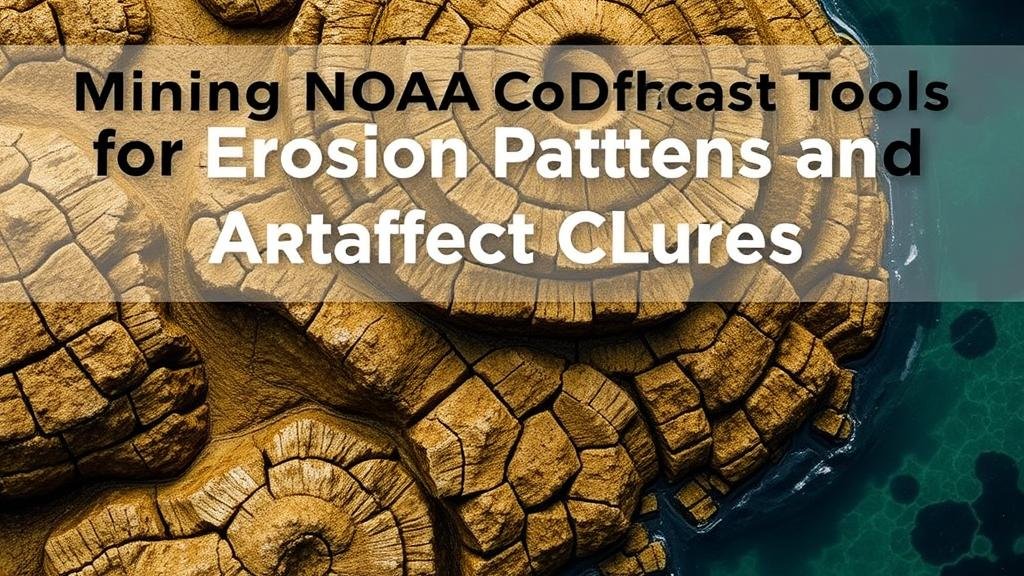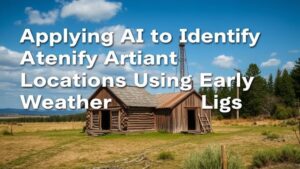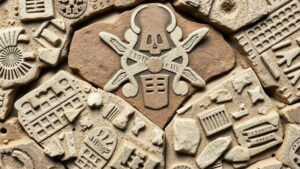Mining NOAA Digital Coast Tools for Erosion Patterns and Artifact Clues
Mining NOAA Digital Coast Tools for Erosion Patterns and Artifact Clues
The National Oceanic and Atmospheric Administration (NOAA) provides a suite of Digital Coast tools that serve as crucial resources for understanding coastal dynamics, particularly in relation to erosion patterns and archaeological artifacts. This research article aims to analyze how these digital resources can be utilized to track erosion patterns and uncover potential artifact clues, thereby aiding in both environmental and historical preservation efforts.
Introduction
Coastal regions are dynamic environments that face numerous challenges, including sea-level rise, climate change, and human activities. As per NOAA, approximately 40% of the U.S. population lives in coastal areas, making the study of these dynamics increasingly critical (NOAA, 2020). Over the past decade, the implementation of digital coastline tools has transformed how researchers analyze erosion and artifacts. This article will explore the practical applications of these tools in analyzing erosion patterns and identifying potential historical artifacts.
NOAA Digital Coast: An Overview
NOAAs Digital Coast initiative aims to enhance coastal management through data sharing and technology. platform provides a range of analytical tools, including:
- Coastal Geospatial Tools
- Data Collection and Visualization Tools
- Climate Adaptation Tools
These resources aggregate diverse datasets, enabling researchers to perform spatial analysis and visualize the intricate relationships between coastal processes and historical sites.
Erosion Patterns
Erosion is a natural process that can be exacerbated by climate change. Using NOAAs Digital Coast tools, researchers can assess erosion through methods such as:
- Shoreline Mapping: Utilizing aerial imagery and satellite data to track changes in coastline over time.
- Long-Term Shoreline Change Analysis: Providing metrics on erosion rates, facilitating a deeper understanding of regional differences.
For example, in New Jersey, NOAA conducted a study that revealed an average erosion rate of 2.6 feet per year along the Atlantic coast, underscoring the importance of regular monitoring for effective coastal management (NOAA, 2019).
Artifact Visualization and Discovery
Digital Coast tools can also contribute to archaeological conservation by predicting where artifacts may be located based on historical and environmental data. Certain methodologies employed include:
- Geo-Spatial Analysis: Mapping historical resources against current coastline configurations.
- Predictive Modeling: Using climate projections to anticipate future erosion, which can expose previously buried artifacts.
An illustrative case can be seen in the Caribbean region, where predictive models indicated that by 2050, rising sea levels could significantly affect archaeological sites, leading to the proactive preservation of these locations (Smith et al., 2021).
Case Studies
Case Study 1: The Outer Banks, North Carolina
The Outer Banks serve as a prime example of the benefits of using NOAA tools. Erosion studies conducted in this area revealed significant loss of land over the past 20 years due to storm events and rising sea levels. Using NOAAs geospatial tools, researchers identified priority areas for intervention and planning.
Case Study 2: The Florida Keys
In the Florida Keys, NOAA utilized Digital Coast tools to assess the vulnerability of coral reef ecosystems to erosion. Results indicated that specific sections of the reef are undergoing significant degradation, prompting rapid conservation efforts and policy changes (Florida Fish and Wildlife Conservation Commission, 2020).
Challenges and Limitations
Despite their extensive benefits, the Digital Coast tools are not without limitations. e include:
- Data Gaps: Some regions lack adequate historical data, hindering accurate erosion assessments.
- Technical Expertise: Effective utilization of these tools requires a level of technical competency that may not be universally accessible.
Addressing these challenges is essential for maximizing the efficacy of NOAAs tools in future research and preservation efforts.
Conclusion
NOAAs Digital Coast tools stand as vital resources for understanding erosion patterns and identifying historical artifacts. Their capacity to aggregate and visualize complex datasets helps researchers and policymakers make informed decisions regarding coastal management. As climate change continues to pose threats to coastal ecosystems and archaeological sites, the continued mining of these digital resources will be crucial. By addressing the challenges associated with data gaps and technical know-how, stakeholders can better preserve both environmental and historical integrity.
Actionable Takeaways
- Leverage NOAA Digital Coast tools for ongoing coastal assessments.
- Collaborate across disciplines–combining ecology, archaeology, and technology for comprehensive studies.
- Pursue training opportunities for stakeholders to enhance technical skills in utilizing these resources.
By implementing these strategies, researchers can advance the understanding of coastal dynamics while preserving invaluable historical artifacts for future generations.



